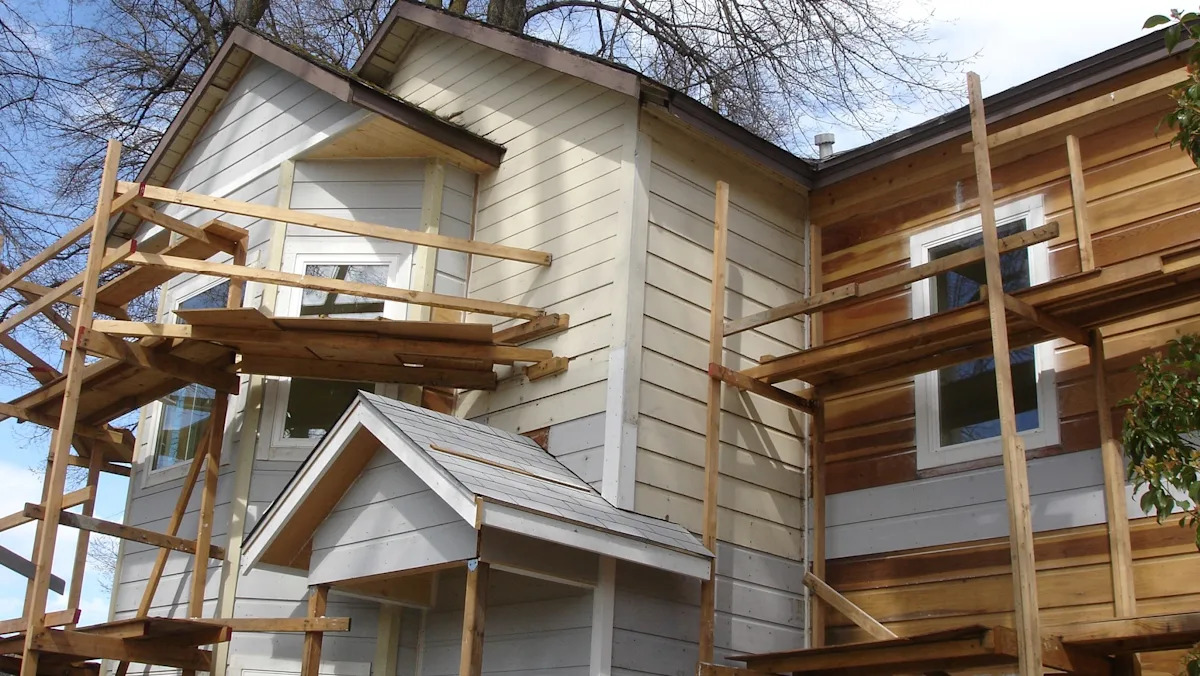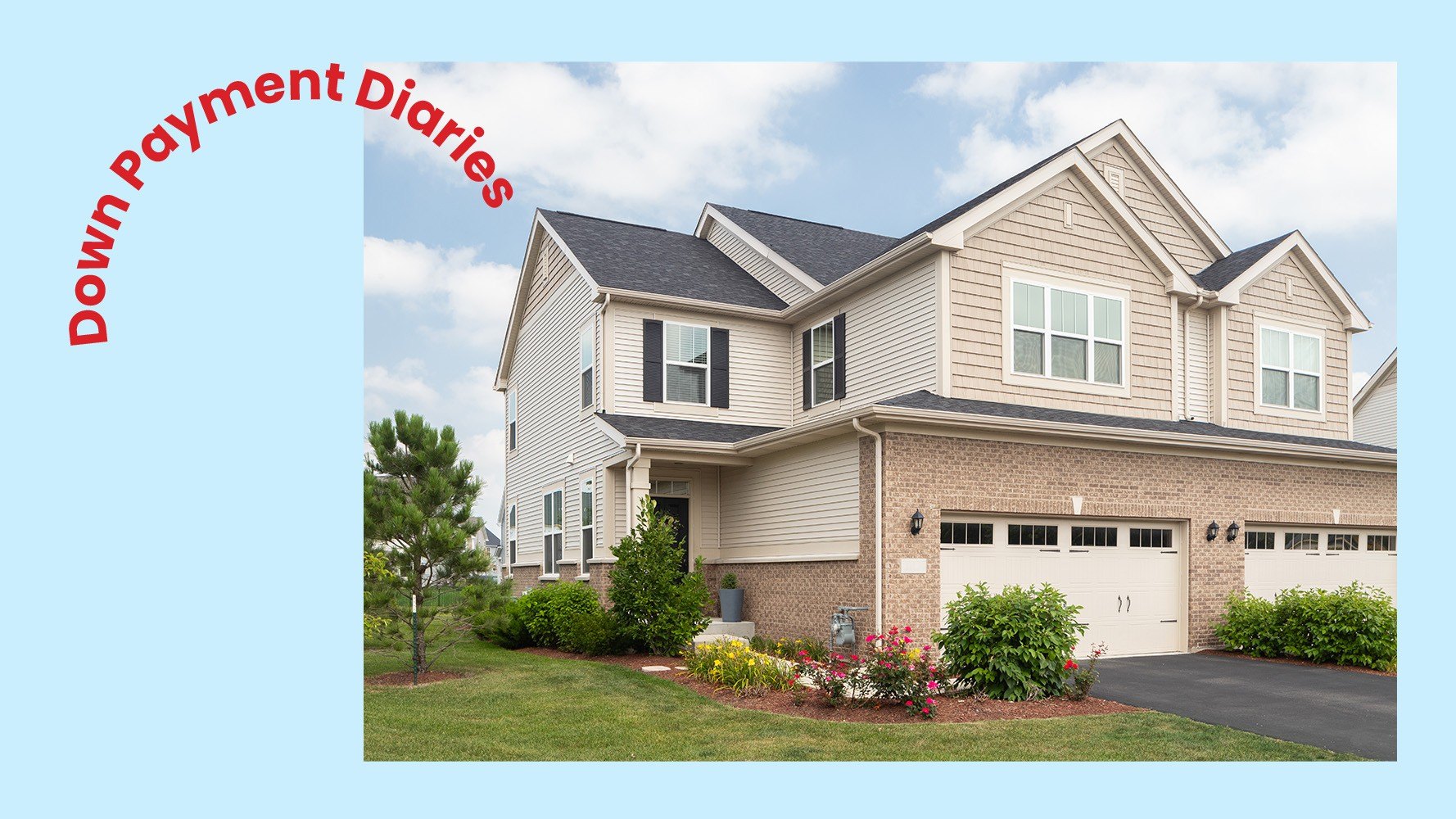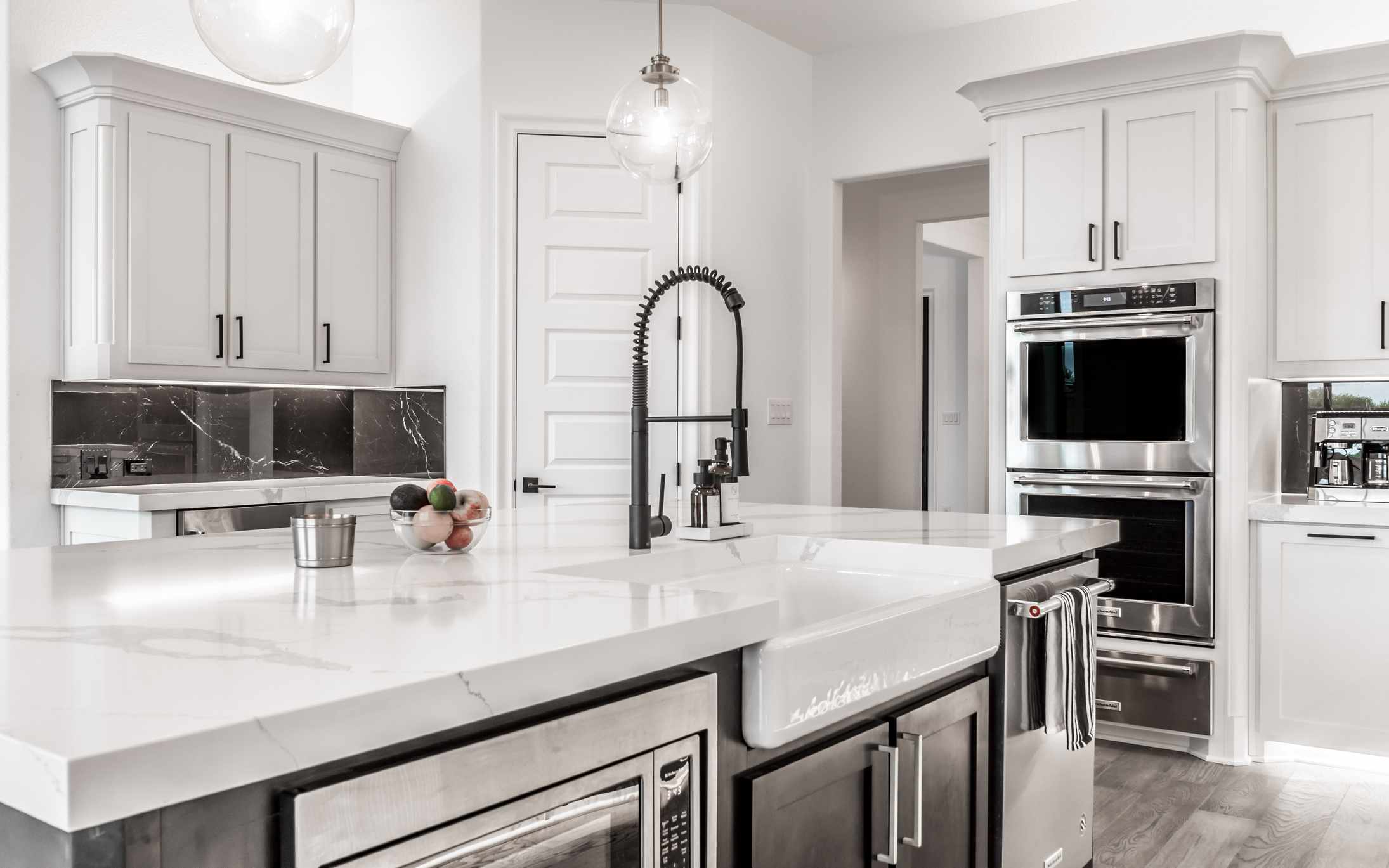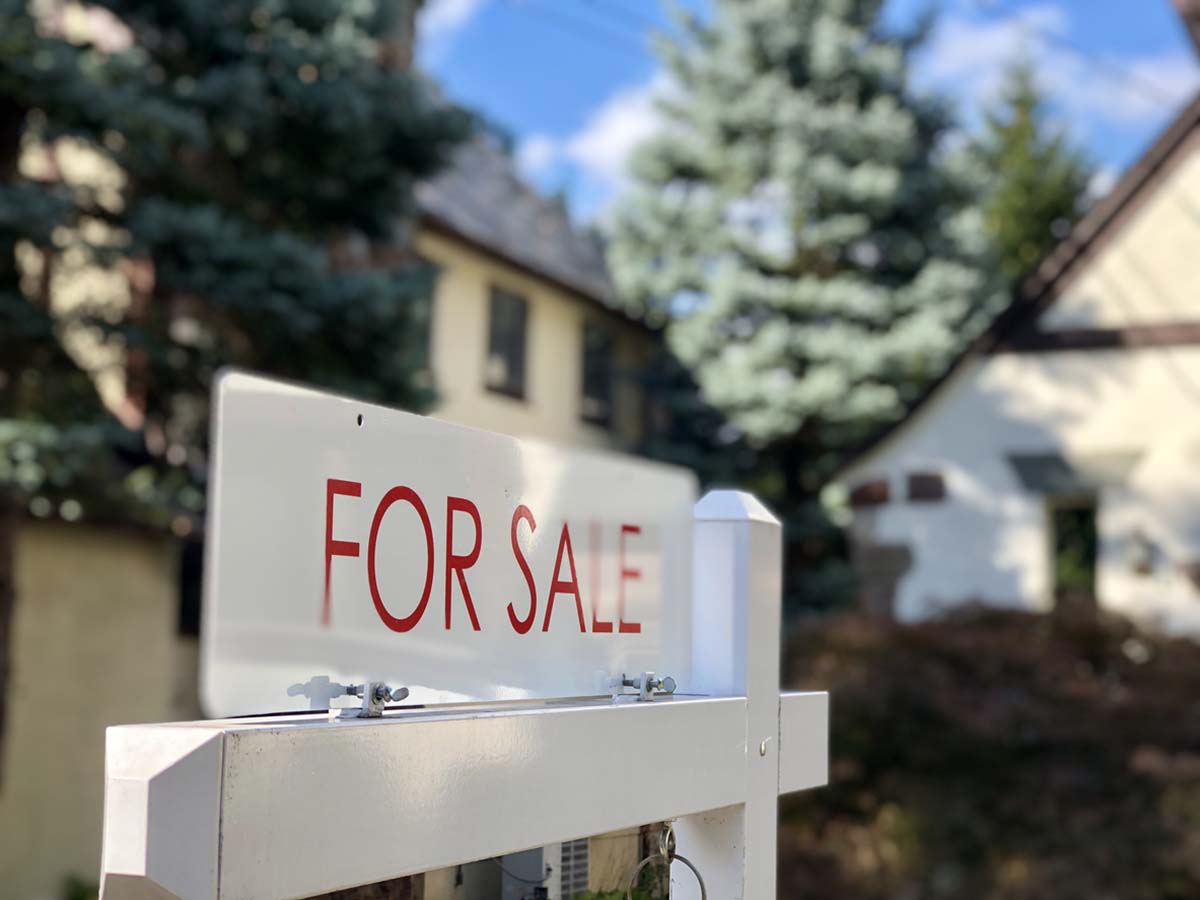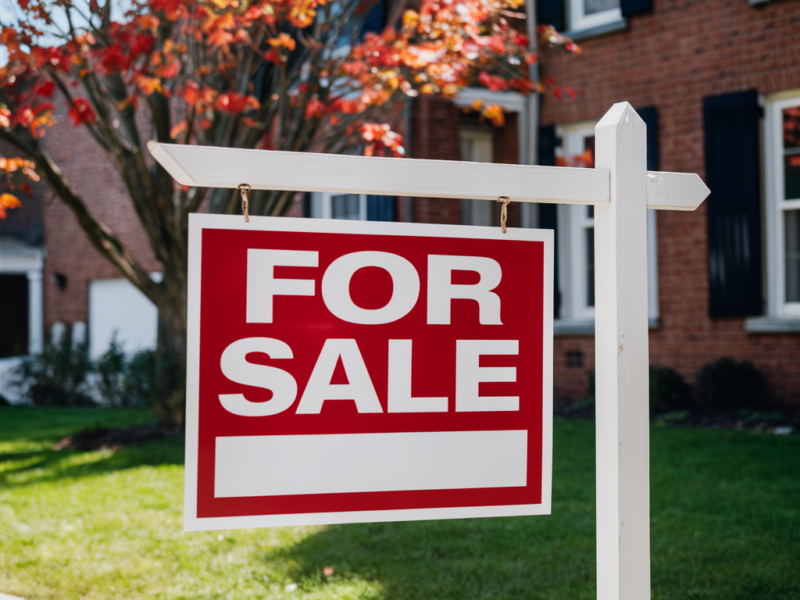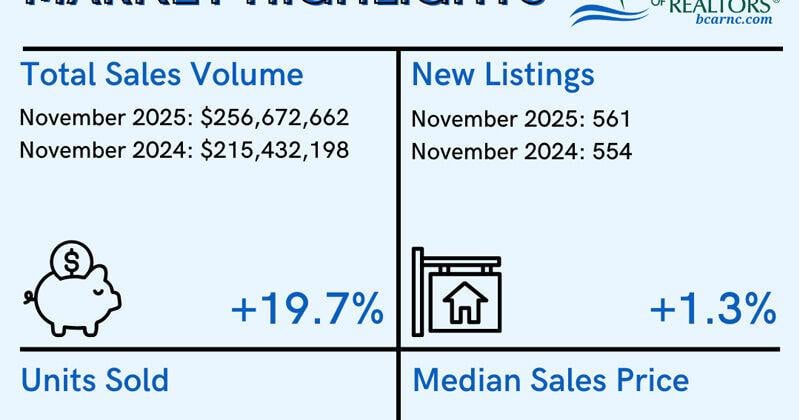T
he US is becoming a nation of homebodies, with Americans spending more and more time at home and less time engaging in activities outside the house. This trend predates the COVID-19 pandemic, which accelerated existing shifts towards staying home.
According to data from the American Time Use Survey, out-of-home activities have been declining steadily since 2003. By 2019, Americans spent nearly 30 minutes less per day on out-of-home activities and eight fewer minutes a day traveling compared to two decades earlier. Advances in technology, such as smartphones and streaming services, are likely contributing factors.
The pandemic led to a sharp decline in out-of-home activities, with time spent outside the home falling by over an hour per day from 332 minutes in 2019 to 271 minutes in 2021. Even after lockdowns were lifted, out-of-home activities remained depressed, with only slight recovery seen in 2023.
The shift towards staying home has significant implications for various aspects of American life, including traffic, public transit, real estate, the workplace, socializing, and mental health. With more people working from home, demand for office space has fallen, and surplus offices may need to be repurposed as housing or for other uses.
While there are advantages to working and playing at home, such as avoiding travel stress and expenses, it has also led to increased demand for extra space in apartments and houses. This shift has changed the way people travel during peak periods, contributing to public transit ridership losses and competition for curb space.
The trend of staying home also has sobering implications for Americans' mental health, with research suggesting that more time spent at home is linked to more time spent alone, increasing the risk of loneliness and social isolation. Policymakers and individuals must find ways to cultivate connections and community in the shrinking time spent outside the home.

